Home>Furniture>Bedroom Furniture>How To Apply Diatomaceous Earth For Bed Bugs
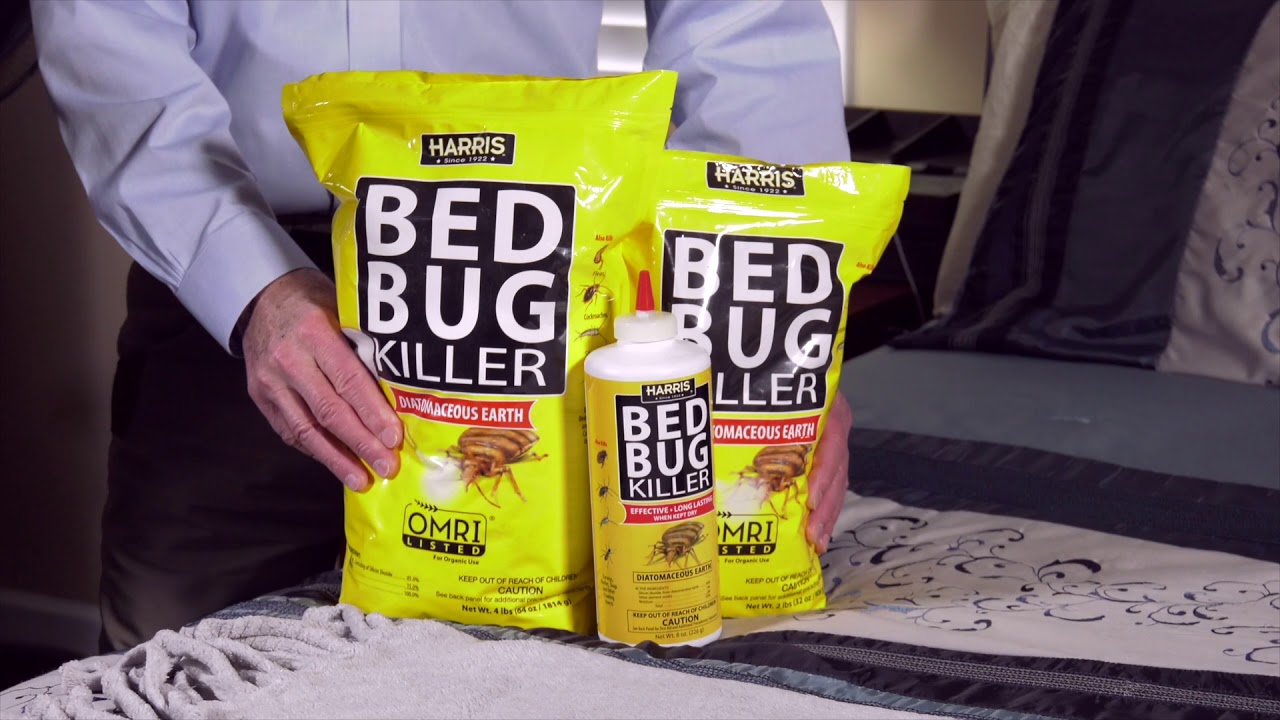

Bedroom Furniture
How To Apply Diatomaceous Earth For Bed Bugs
Modified: February 25, 2024
Learn how to effectively use diatomaceous earth to eliminate bed bugs from your bedroom furniture. Discover expert tips and techniques for a bug-free home.
(Many of the links in this article redirect to a specific reviewed product. Your purchase of these products through affiliate links helps to generate commission for Storables.com, at no extra cost. Learn more)
Introduction
Welcome to our comprehensive guide on how to apply diatomaceous earth for bed bugs. Dealing with a bed bug infestation can be a frustrating and overwhelming experience. These tiny pests can invade your bedroom and disrupt your sleep, causing itchy bites and anxiety. However, there is a natural and effective solution that can help you eliminate bed bugs without the use of harsh chemicals – diatomaceous earth.
Diatomaceous earth is a natural sedimentary rock made up of the fossilized remains of diatoms, a type of microscopic algae. It is commonly used as a pesticide due to its ability to kill various insects, including bed bugs, by dehydrating them. This non-toxic and eco-friendly substance is an excellent alternative to chemical-based insecticides, making it a popular choice for those who prefer natural pest control methods.
In this guide, we will walk you through the steps to properly apply diatomaceous earth to get rid of bed bugs effectively. By following these steps, you can take control of your bedroom and sleep peacefully once again.
Key Takeaways:
- Natural and effective: Diatomaceous earth offers a non-toxic, eco-friendly solution to eliminate bed bugs without harsh chemicals. Follow the step-by-step guide for successful pest control.
- Consistency is key: Thorough preparation, precise application, and regular reapplication of diatomaceous earth are essential for effective, long-term bed bug eradication. Stay proactive and monitor the situation.
Read more: How To Store Diatomaceous Earth
Understanding Diatomaceous Earth
Before we dive into the process of applying diatomaceous earth for bed bugs, it is essential to understand how this natural substance works. Diatomaceous earth consists of the fossilized remains of diatoms, which are microscopic organisms that have a hard shell made of silica.
When diatomaceous earth comes into contact with bed bugs or other insects, it has a desiccating effect on their exoskeleton. The tiny sharp edges of the diatoms scratch the outer layer of the pests, causing them to lose moisture rapidly. As a result, the bed bugs become dehydrated and die within a few days.
One of the significant advantages of diatomaceous earth is its low toxicity to humans and pets. It is important, however, to use food-grade diatomaceous earth for pest control purposes. This type of diatomaceous earth is safe for humans and animals to ingest, making it an excellent option for application on bedding, carpets, and other areas where bed bugs may be present.
It’s worth noting that diatomaceous earth works best in dry environments. If the area where you are applying diatomaceous earth is damp or humid, it may reduce the effectiveness of this treatment. Additionally, it is essential to regularly reapply diatomaceous earth after vacuuming or cleaning, as it can lose its potency over time.
Now that you have a basic understanding of how diatomaceous earth functions as a natural pesticide, let’s move on to the step-by-step process of using it to eliminate bed bugs from your home.
Step 1: Preparation
Before you begin applying diatomaceous earth for bed bugs, it’s essential to prepare the area to maximize its effectiveness. Here are a few key steps to follow:
- Identify the infested areas: Inspect your bedroom and any other areas where you suspect bed bugs may be present. Look for signs such as small red or brown spots on the mattress, furniture, or walls, as well as shed skins and egg casings.
- Declutter the room: Remove any unnecessary items, such as clutter, bedding, pillows, and stuffed animals. This will make it easier to apply diatomaceous earth thoroughly.
- Vacuum the area: Thoroughly vacuum the infested areas, paying close attention to cracks, crevices, and seams of mattresses and furniture. This will help remove any visible bed bugs and their eggs, creating a clean surface for the application of diatomaceous earth.
- Wash bedding and clothing: Wash all bedding, linens, and clothing in hot water and dry them on high heat. This will help kill any bed bugs or eggs that may be present.
- Seal cracks and crevices: Use caulk or sealant to fill any cracks or crevices in the walls, baseboards, or furniture. This will prevent bed bugs from hiding in these areas and make it easier for the diatomaceous earth to come into contact with them.
By following these preparation steps, you will create the optimal environment for the application of diatomaceous earth and improve the overall effectiveness of your bed bug treatment. Remember, thorough preparation is key to successful pest eradication.
Step 2: Identify Infested Areas
Once you have prepared the room, it’s time to identify the specific areas that are infested with bed bugs. This step is crucial because it will help you concentrate your diatomaceous earth application on the areas where these pests are most active. Here’s how to identify the infested areas:
- Inspect the mattress and box spring: Start by examining the seams, corners, and folds of your mattress and box spring. Look for any signs of bed bugs, such as live bugs, dead bugs, or dark spots indicating their fecal matter.
- Check other furniture: Inspect other furniture in the room, such as dressers, nightstands, or chairs. Pay close attention to the joints, cracks, and crevices where bed bugs like to hide.
- Examine the walls and baseboards: Bed bugs can crawl along the walls and hide behind baseboards. Look for any signs of bed bug activity, including dark spots or shed skins.
- Don’t forget electrical outlets and switches: Bed bugs can squeeze into tight spaces, including electrical outlets and light switches. Inspect these areas carefully for any signs of infestation.
During the inspection process, it’s important to have a flashlight and a magnifying glass handy to help you spot any hidden bed bugs or their eggs. Remember to pay attention to small cracks and crevices where these pests can easily hide.
By identifying the infested areas, you can efficiently target your diatomaceous earth application, ensuring that you cover the most critical areas where bed bugs are present. This will increase the likelihood of successfully eliminating these pests from your home.
When applying diatomaceous earth for bed bugs, make sure to wear a mask to avoid inhaling the fine particles. Apply a thin layer in areas where bed bugs are present, such as around the bed frame and in cracks and crevices.
Step 3: Apply Diatomaceous Earth
Now that you have prepared the room and identified the infested areas, it’s time to apply diatomaceous earth to effectively exterminate bed bugs. Follow these steps to ensure proper application:
- Choose food-grade diatomaceous earth: It’s crucial to use food-grade diatomaceous earth for bed bug treatment. This type of diatomaceous earth is safe to use around humans and pets.
- Protect yourself: Before applying diatomaceous earth, put on gloves and a mask to protect your skin and respiratory system. Diatomaceous earth can irritate the eyes and lungs if inhaled.
- Use a duster or applicator: Fill a duster or applicator with diatomaceous earth. These tools allow for precise and even distribution of the powder.
- Apply in cracks, crevices, and infested areas: Focus on applying diatomaceous earth in the cracks, crevices, and infested areas you identified during the inspection process. Dust the powder in a thin, even layer, making sure to cover as much surface area as possible.
- Apply to the mattress, box spring, and furniture: Pay particular attention to treating the mattress, box spring, and any upholstered furniture. Remove the bedding, sprinkle diatomaceous earth generously, and brush or rub it into the fabric.
- Cover electrical outlets, switches, and cords: To prevent diatomaceous earth from entering electrical components, cover outlets, switches, and cords with tape or plastic wrap before applying the powder.
- Treat the surrounding areas: Extend the application of diatomaceous earth to the surrounding areas, such as carpets, rugs, and floor cracks, to prevent bed bugs from spreading further.
Ensure to follow the manufacturer’s instructions on the diatomaceous earth packaging for application rates and safety guidelines. Remember, thorough coverage is essential for effective bed bug control.
Once diatomaceous earth is applied, it will start working by dehydrating and killing the bed bugs. However, the process may take time, so be patient and allow the powder to do its job.
Continue to the next step to ensure long-term effectiveness in your bed bug eradication efforts.
Read more: How To Use Diatomaceous Earth On Carpet
Step 4: Reapply as Needed
Applying diatomaceous earth once may not be enough to fully eliminate a bed bug infestation. Bed bugs can be resilient and may require multiple applications to eradicate completely. Here’s how to reapply diatomaceous earth as needed:
- Monitor bed bug activity: Keep a close eye on the treated areas to monitor any signs of bed bug activity. Check for live bugs, any new bites, or the presence of eggs or fecal matter.
- Reapply after vacuuming or cleaning: If you vacuum or clean the treated areas, it’s important to reapply diatomaceous earth afterward. Vacuuming can remove some of the powder, and reapplication is necessary to maintain its effectiveness.
- Follow the recommended reapplication schedule: Consult the manufacturer’s instructions for guidance on how frequently to reapply diatomaceous earth. This may vary depending on the severity of the infestation and the specific product you are using.
- Be consistent with the treatment: Consistency is key when dealing with bed bugs. Keep reapplying diatomaceous earth as directed until all signs of the infestation are gone.
Remember, bed bugs can reproduce quickly, so it’s important to stay proactive and persistent in your treatment approach. Reapplying diatomaceous earth regularly will ensure that any newly hatched bed bugs or eggs are also eliminated.
Additionally, it is crucial to address the root cause of the infestation, such as identifying and eliminating any sources of bed bugs, improving sanitation practices, and taking preventive measures to avoid future infestations.
Now that you understand the importance of reapplication, let’s move on to the final step to complete your bed bug elimination process.
Step 5: Monitor and Evaluate
After applying diatomaceous earth and reapplying as needed, it’s important to monitor and evaluate the effectiveness of your bed bug treatment. This step will help ensure that the infestation is completely eradicated and provide peace of mind. Here’s what you should do:
- Inspect the treated areas: Regularly inspect the areas where you applied diatomaceous earth. Look for any signs of bed bugs, such as live bugs, eggs, or bite marks. Early detection is crucial to prevent reinfestation.
- Check for new bites: Monitor yourself and family members for any new bed bug bites. If no new bites are occurring, it is a good sign that your treatment is effective.
- Keep the area clean: Maintain cleanliness in your bedroom and surrounding areas. Regularly vacuum and clean to reduce the chances of bed bugs returning or spreading.
- Seek professional help if necessary: If the infestation persists or worsens despite your efforts, it may be time to seek professional pest control services. They have the expertise and resources to tackle severe bed bug infestations.
Remember that treating a bed bug infestation takes time and patience. It is important to continue monitoring and evaluating the situation until you are confident that the problem is resolved.
Furthermore, implementing preventive measures such as regular inspections, keeping a clean environment, and being cautious when traveling or bringing used furniture into your home can help minimize the risk of future infestations.
Congratulations! By following these steps and applying diatomaceous earth effectively, you are well on your way to successfully eliminating bed bugs and reclaiming your bedroom.
Continue to monitor the situation and take proactive measures to ensure long-term bed bug control.
Disclaimer: The information provided in this article is for educational purposes only and is not intended to replace professional pest control advice. Consult with a qualified pest control professional for an accurate diagnosis and tailored treatment plan.
Conclusion
Dealing with a bed bug infestation can be a stressful and frustrating experience, but by using diatomaceous earth, a natural and effective solution, you can eliminate these pests without relying on harsh chemicals. Throughout this comprehensive guide, we have outlined the step-by-step process of applying diatomaceous earth for bed bugs:
- Preparation: Declutter the room, vacuum, and wash bedding and clothing.
- Identify Infested Areas: Inspect the mattress, furniture, walls, and electrical outlets to identify where bed bugs are present.
- Apply Diatomaceous Earth: Use food-grade diatomaceous earth, protect yourself, and apply a thin, even layer in cracks, crevices, and infested areas.
- Reapply as Needed: Monitor bed bug activity, reapply after cleaning, and follow the recommended schedule for reapplication.
- Monitor and Evaluate: Regularly inspect treated areas, check for new bites, maintain cleanliness, and seek professional help if necessary.
By following these steps and staying diligent in your treatment efforts, you can effectively eliminate bed bugs from your home and regain peace of mind. Remember, consistency is key in combating bed bug infestations, so be sure to reapply diatomaceous earth as needed and address any underlying causes of the infestation.
Additionally, it’s important to stay proactive in preventing future infestations. Regularly inspect your living spaces, practice good hygiene, and take precautions when traveling or bringing used furniture into your home.
However, if your bed bug infestation persists or worsens despite your efforts, it may be necessary to seek professional pest control services. They have the expertise and resources to handle severe infestations effectively.
With the use of diatomaceous earth and a thorough understanding of the treatment process, you can successfully rid your home of bed bugs and create a safe and comfortable sleep environment once again.
Disclaimer: The information provided in this article is for educational purposes only and is not intended to replace professional pest control advice. Consult with a qualified pest control professional for an accurate diagnosis and tailored treatment plan.
Frequently Asked Questions about How To Apply Diatomaceous Earth For Bed Bugs
Was this page helpful?
At Storables.com, we guarantee accurate and reliable information. Our content, validated by Expert Board Contributors, is crafted following stringent Editorial Policies. We're committed to providing you with well-researched, expert-backed insights for all your informational needs.
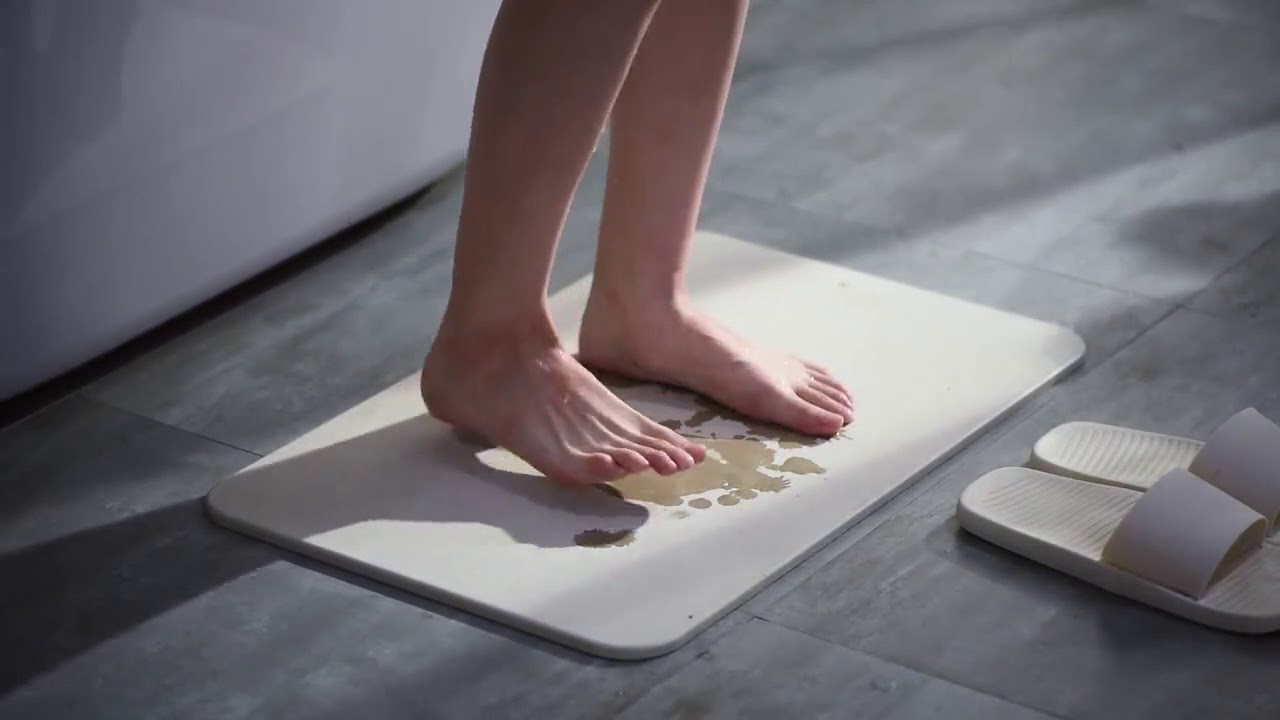
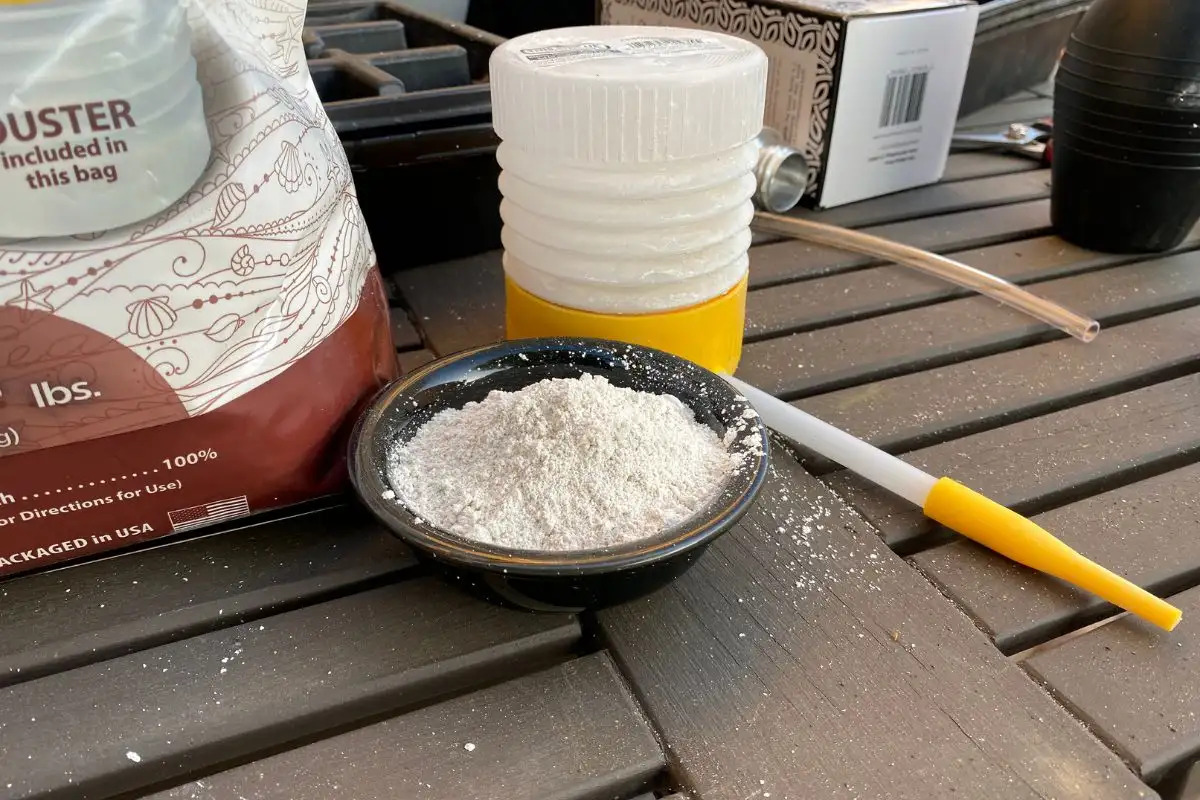
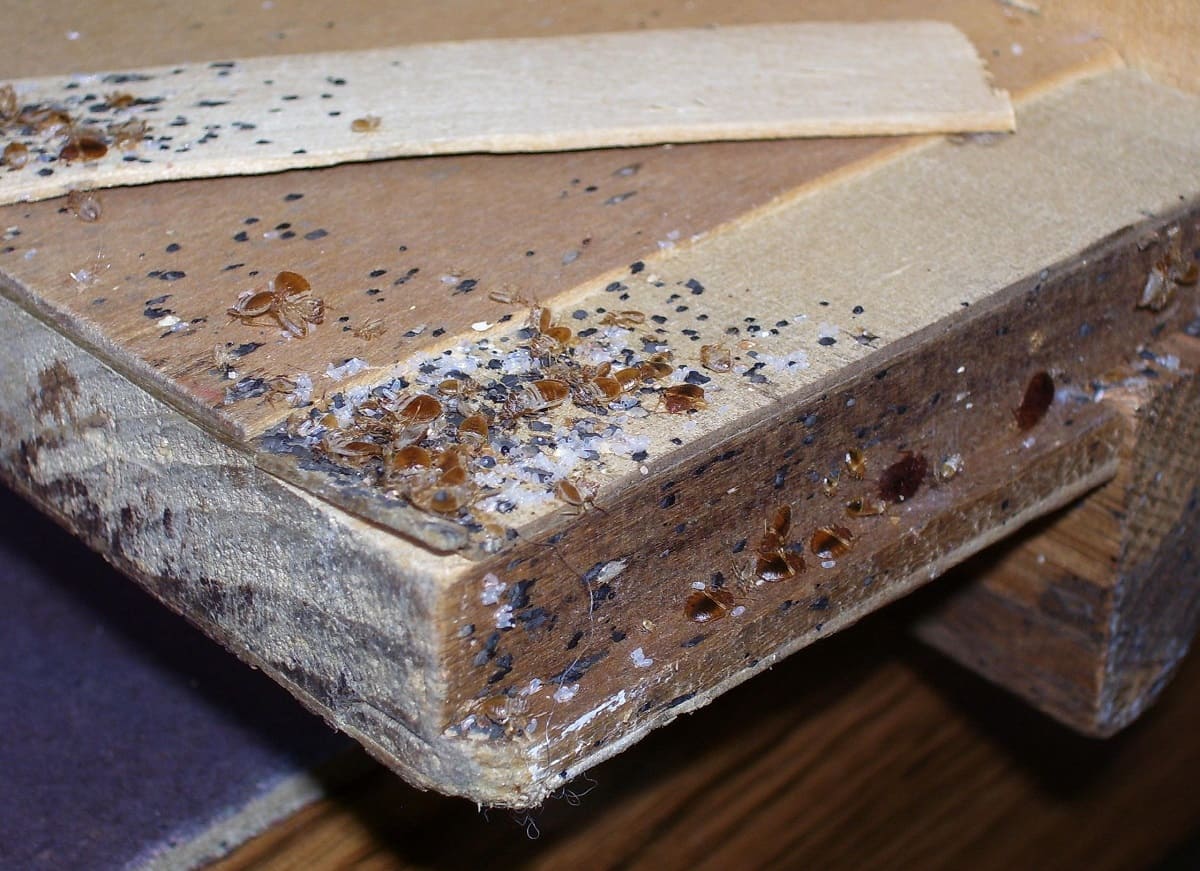
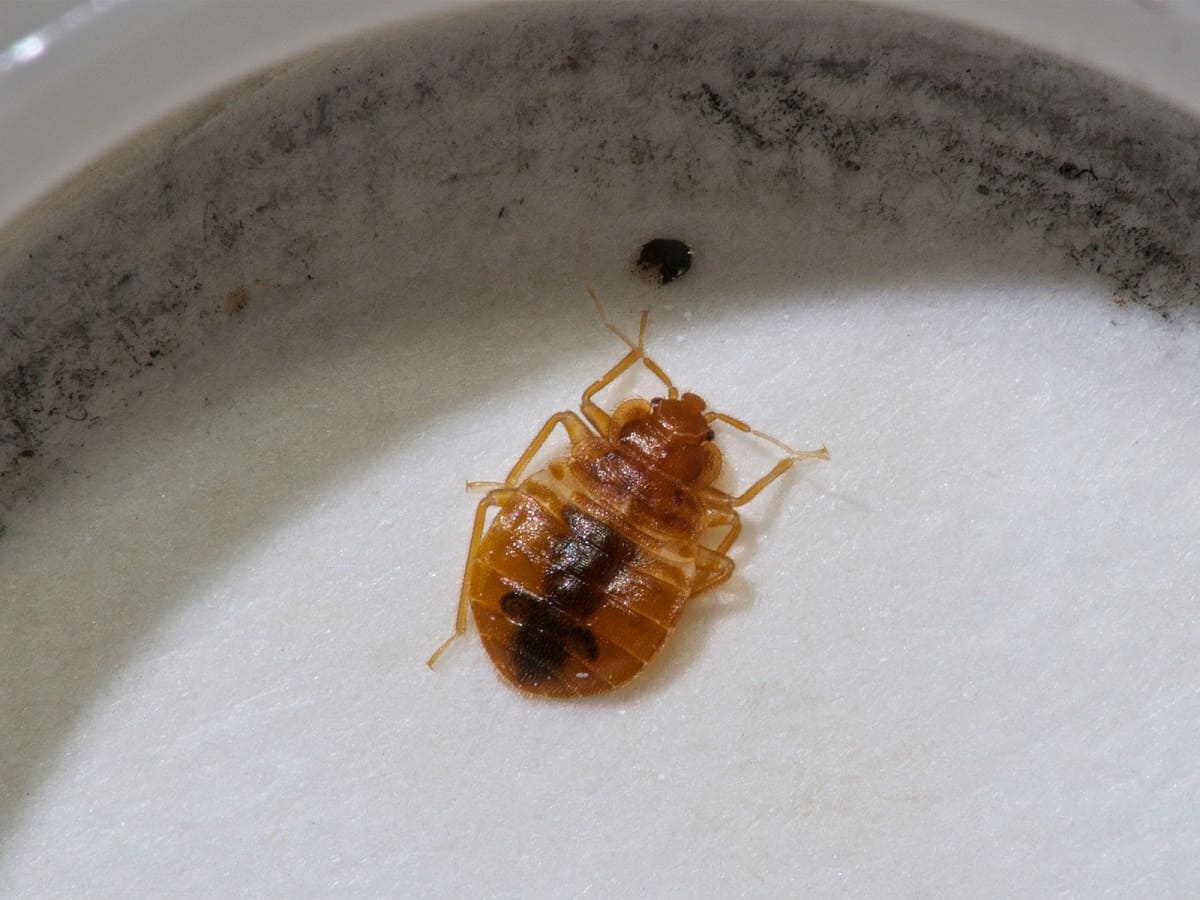
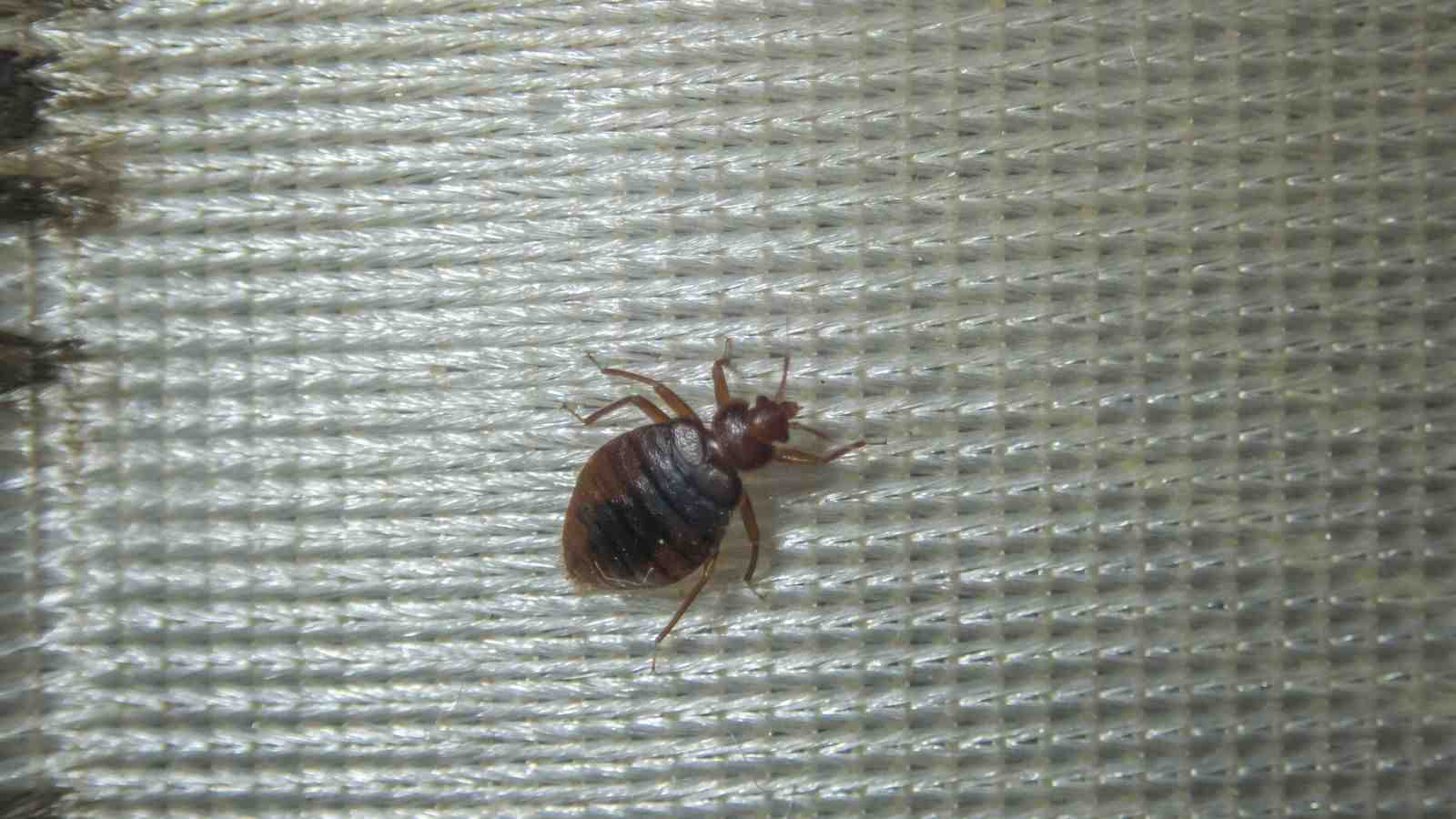
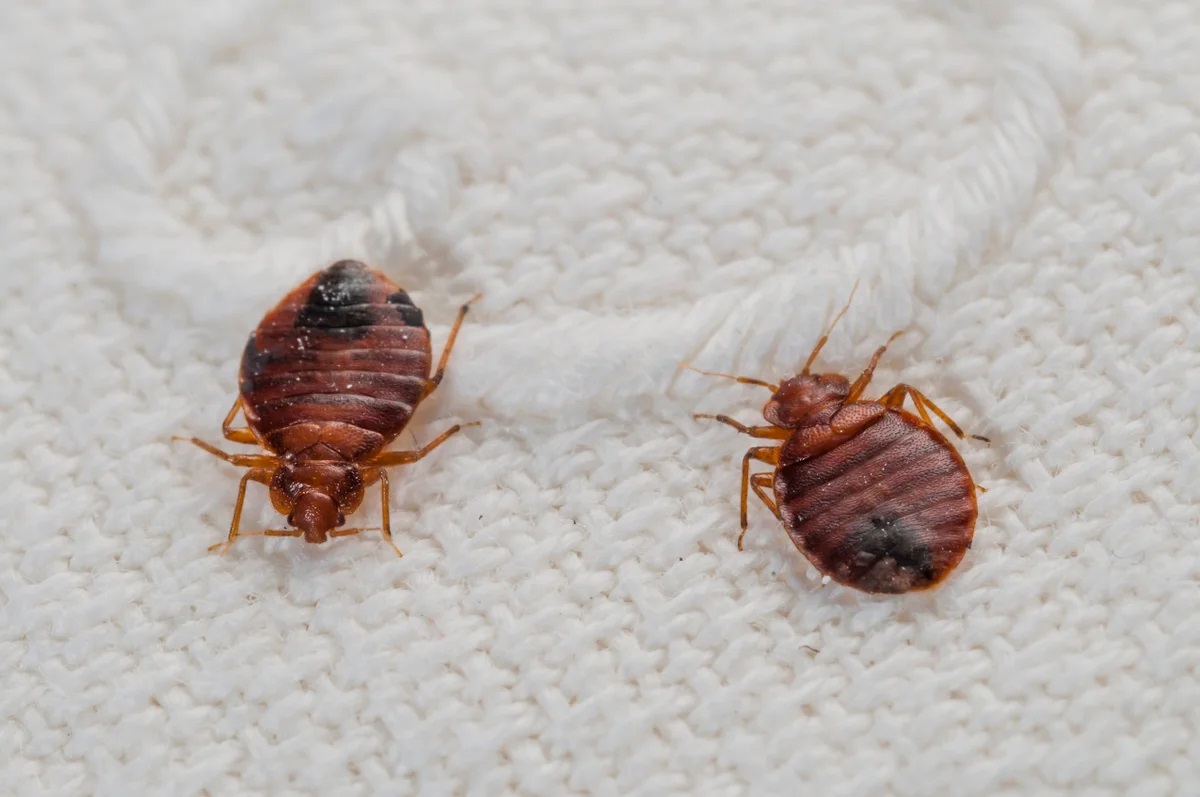
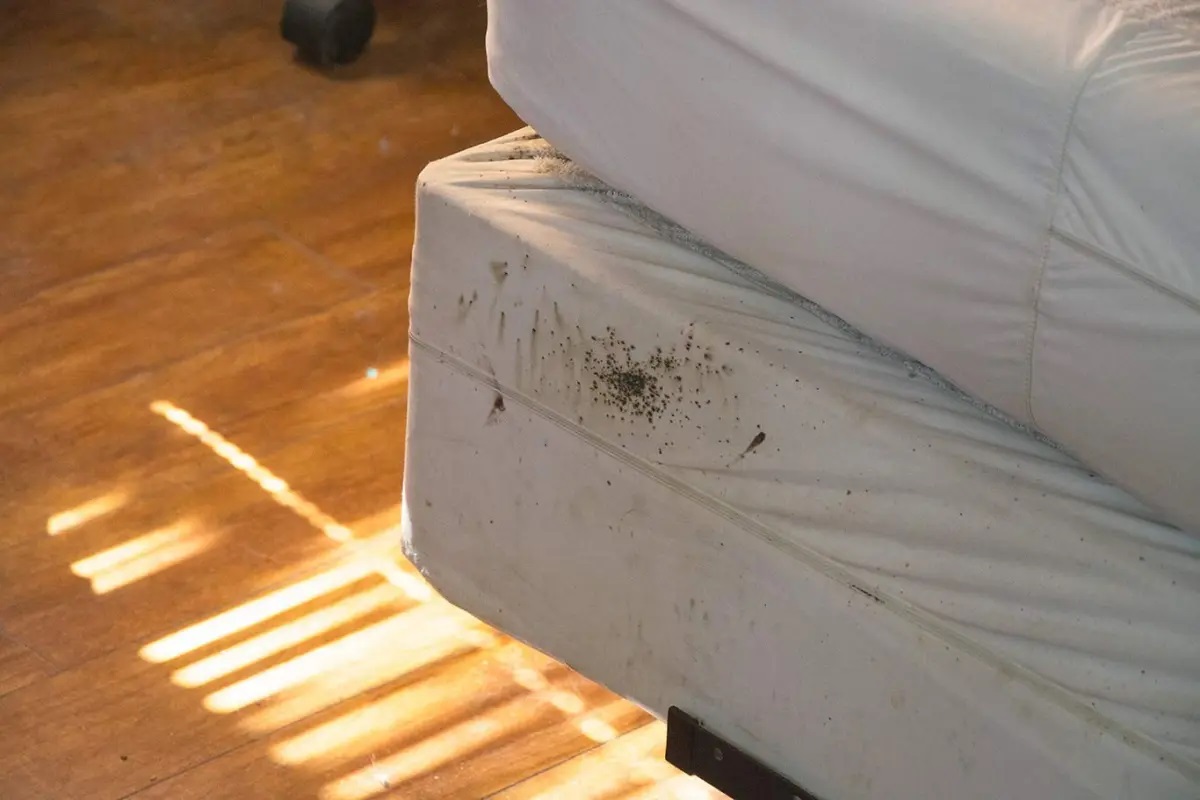
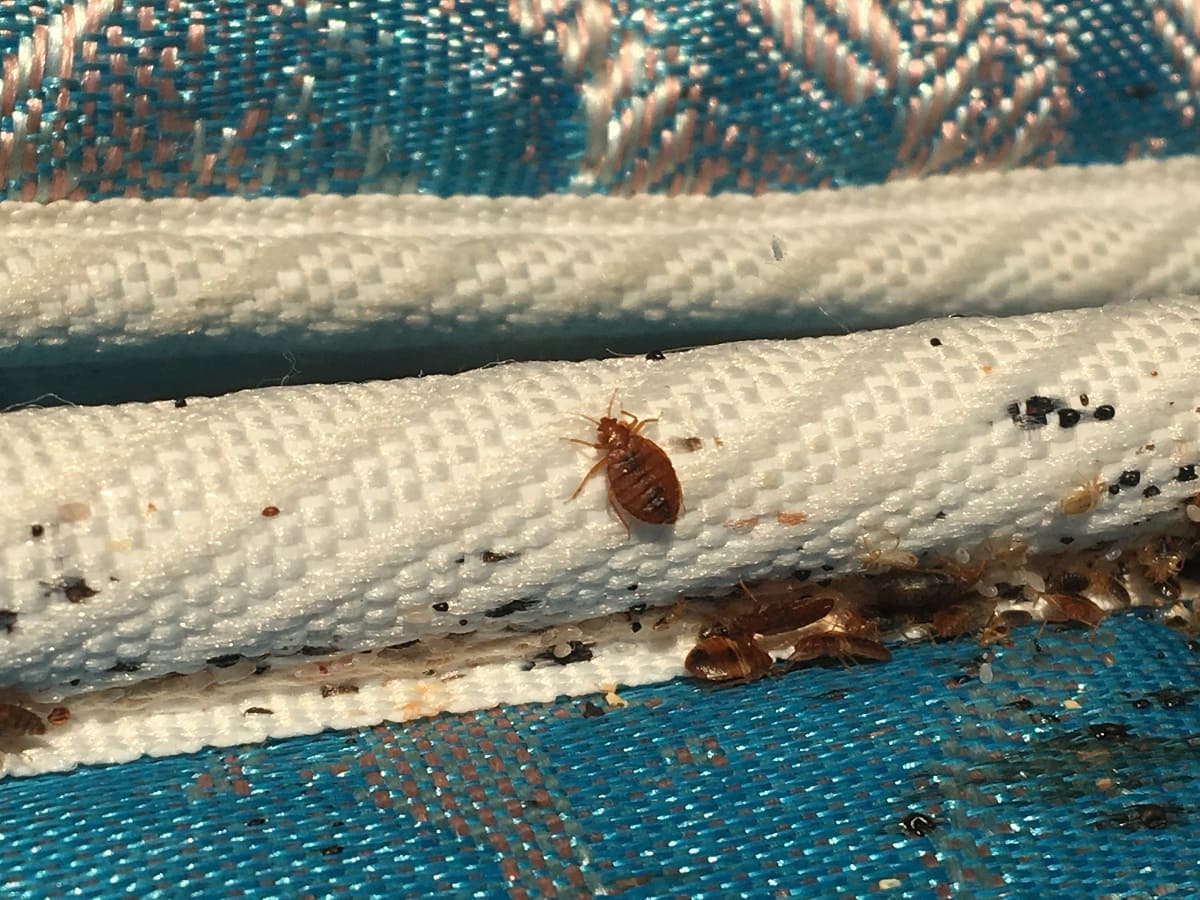
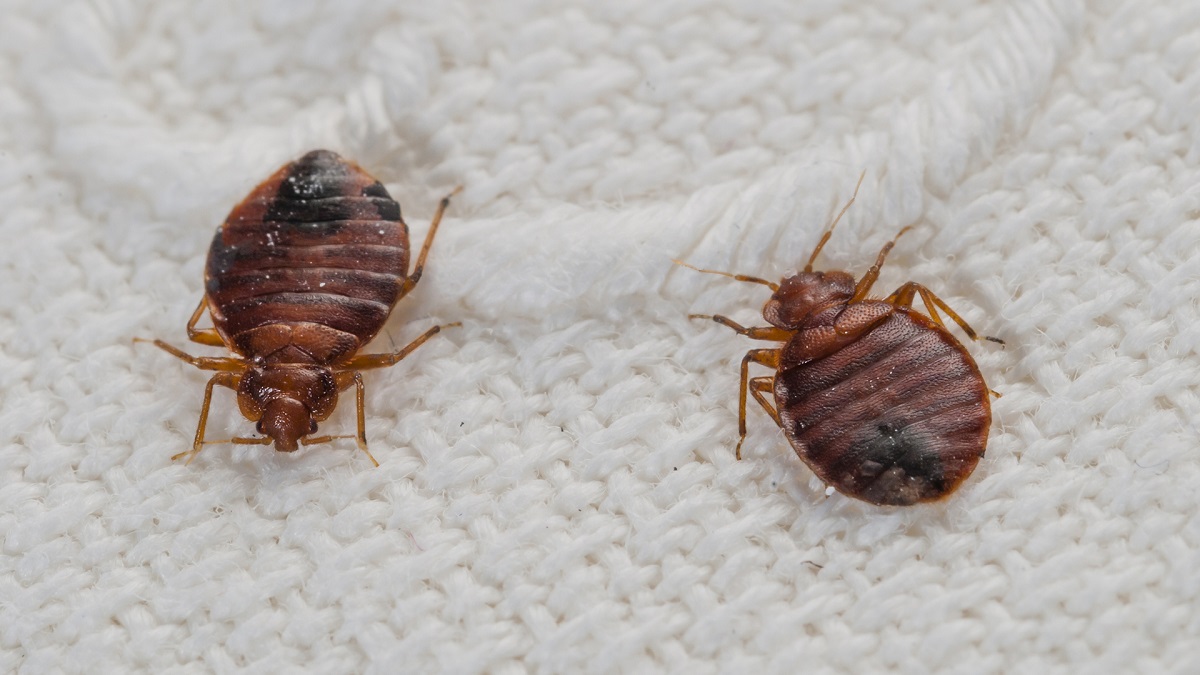
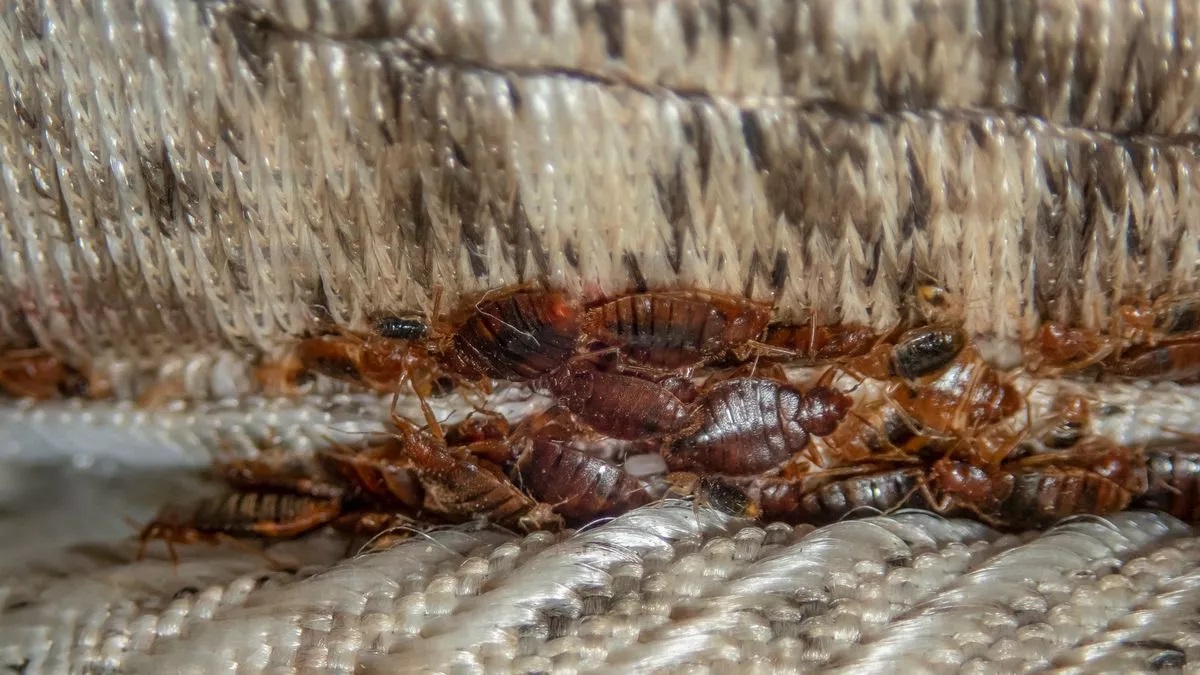
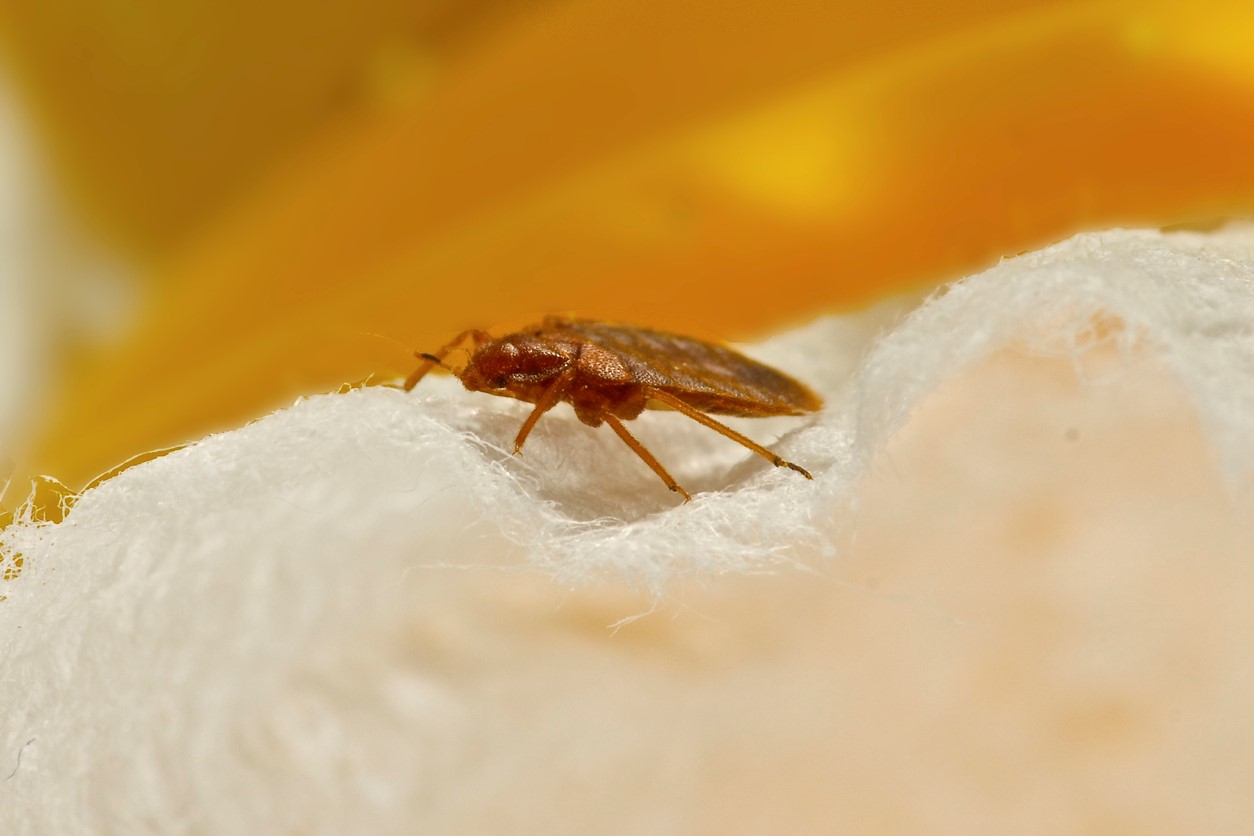
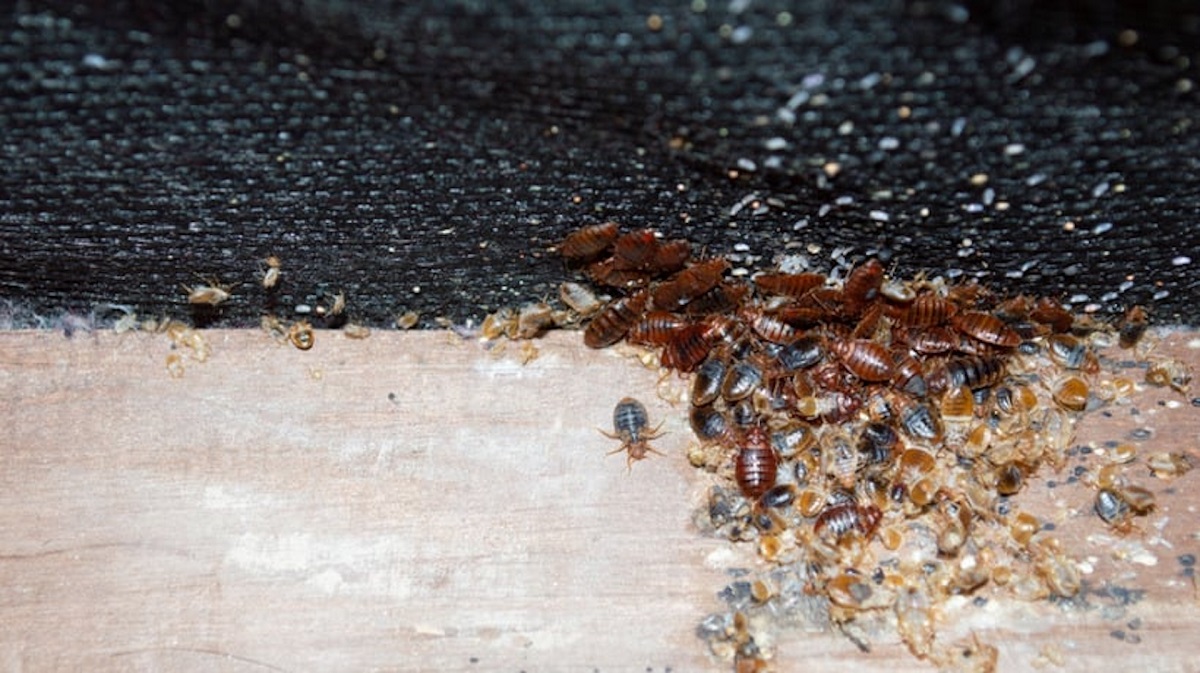
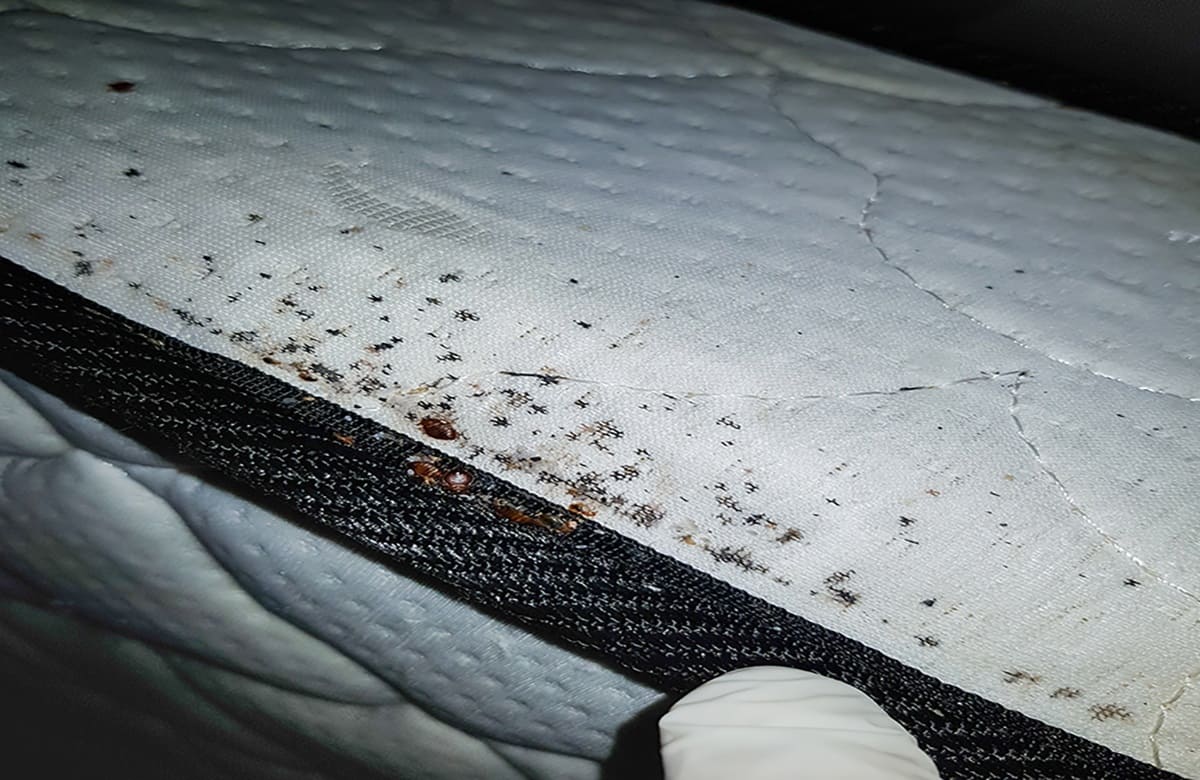
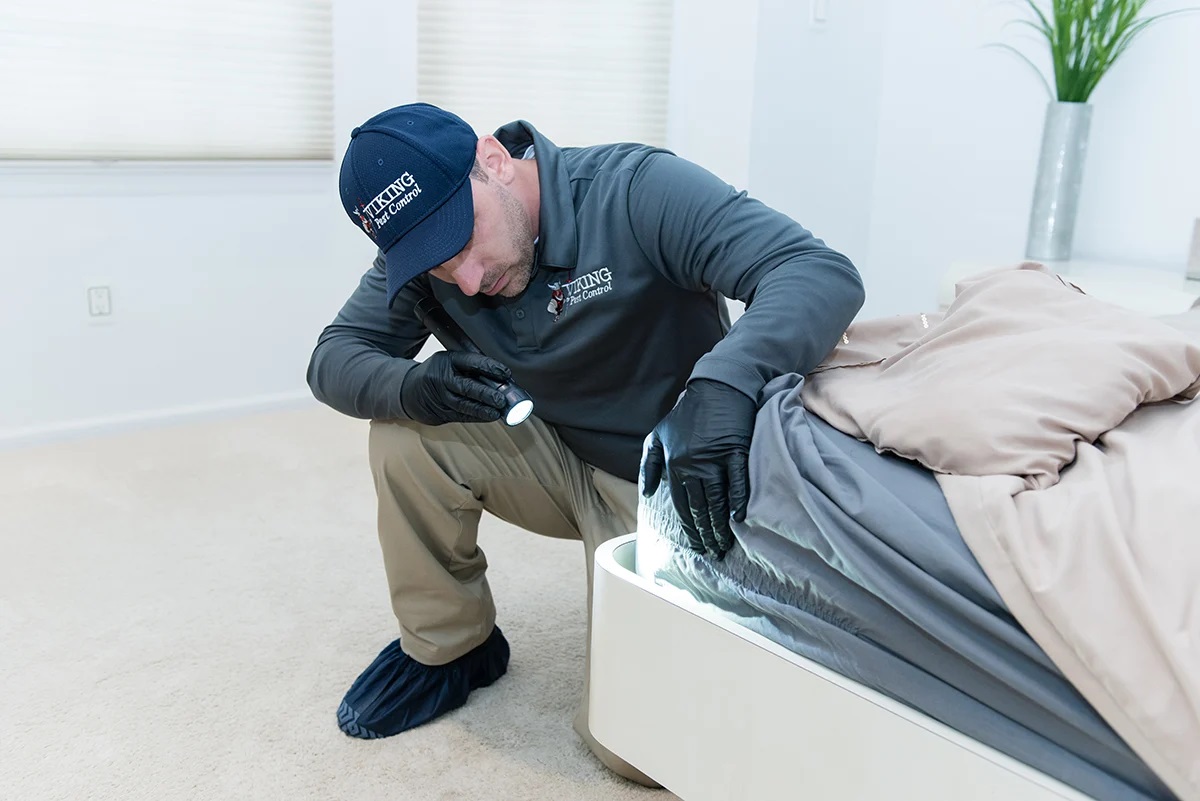

0 thoughts on “How To Apply Diatomaceous Earth For Bed Bugs”